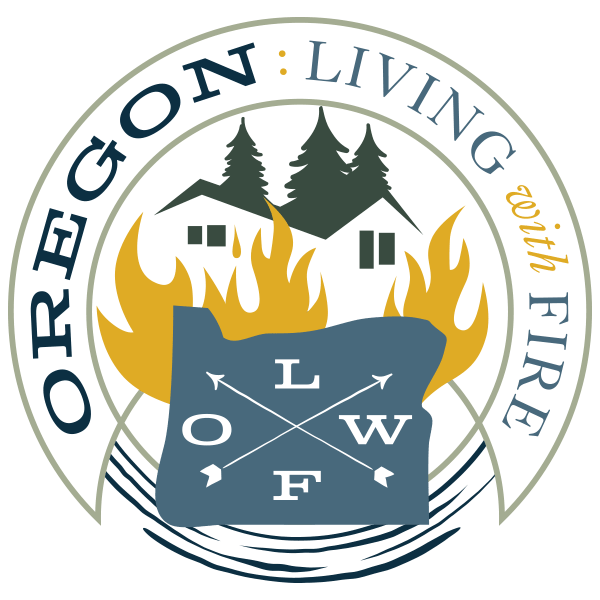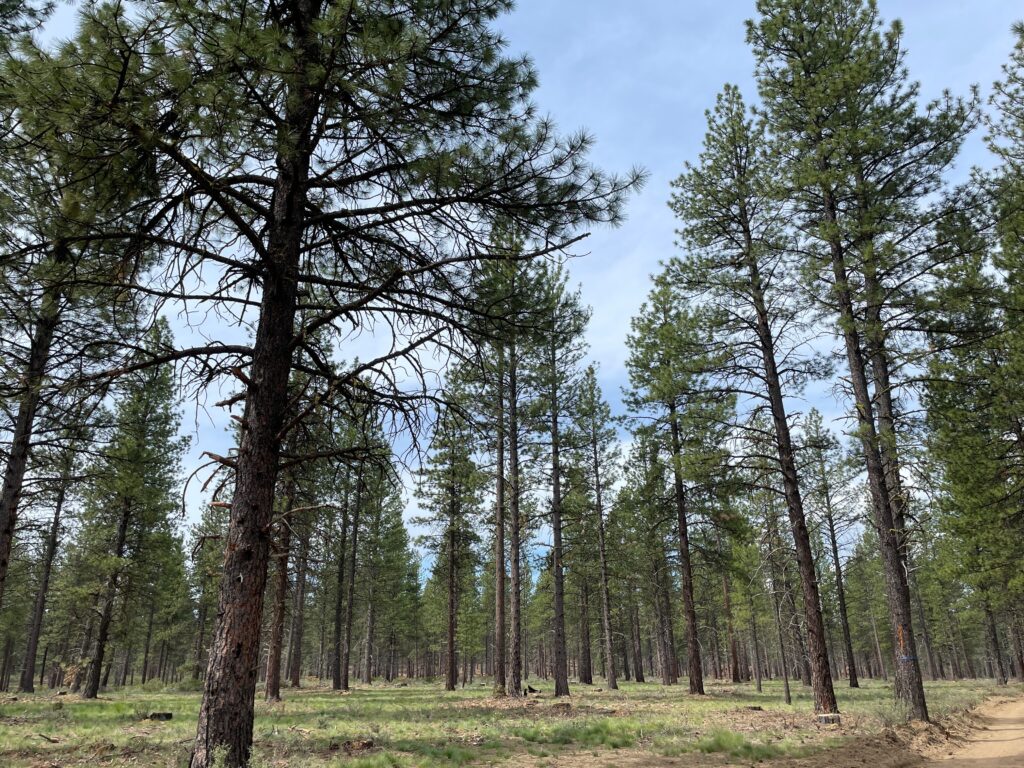When you think of Oregon, lush forests, majestic mountains, and wide-open landscapes probably come to mind. But behind that natural beauty is a growing challenge: wildfires. They’re burning hotter and spreading faster than ever. The good news? Oregon is fighting back with something called fuels treatments. While it may sound technical, it’s really just smart land management that helps reduce wildfire risks.
What Are Fuels Treatments?
Think of fuels treatments like tidying up a messy yard. By thinning out dense trees, clearing dry brush, and using prescribed burns (small, controlled fires), land managers can prevent wildfires from spiraling out of control. It’s like tackling clutter before it becomes a problem.
Take the 2017 Milli Fire near Sisters, Oregon. Just a few months before, the area had undergone fuels treatments like thinning and mowing. When the fire hit, firefighters were able to control it more easily, protecting nearby homes and lands. That’s the power of fuels treatments in action!
The Science of Fire and Forests
Fuels treatments aren’t about randomly chopping down trees. There’s serious science behind it. For thousands of years, Indigenous peoples used fire to keep landscapes healthy. But modern fire suppression has left forests packed with too much fuel—like letting your yard pile up with dry leaves. It’s just waiting for a spark!
By removing smaller trees, getting rid of invasive plants like juniper, and doing controlled burns, we can restore balance to Oregon’s forests. It’s like pressing a reset button that makes these ecosystems healthier and more fire-resistant.
Collaboration Is Key
What makes Oregon’s approach to fuels treatments so successful is the teamwork behind it. Local communities, state and federal agencies, and private landowners are all pitching in. Programs like Oregon Living with Fire teach homeowners how to create defensible spaces around their properties, making it harder for wildfires to spread into neighborhoods. The Deschutes Collaborative Forest Project unites land managers, fire experts, and local volunteers to target areas most at risk.
And fuels treatments don’t just prevent fires—they’re also good for the environment. By bringing back natural fire cycles, they help improve wildlife habitats and protect water quality by preventing soil erosion after a fire.
The Bigger Picture
Fuels treatments in Oregon are part of a bigger national effort to reduce wildfire risks. Federal initiatives like the Wildfire Crisis Strategy are investing millions of dollars in high-risk areas, including Central Oregon, where $18.2 million went into prescribed burns, forest thinning, and invasive plant removal last year.
But this isn’t just about government programs. Everyday Oregonians are getting involved too—whether by maintaining their properties or volunteering in community projects. It’s this combination of science, community action, and respect for the land that makes fuels treatments so powerful.
Why It Matters
At the end of the day, fuels treatments are about more than just stopping wildfires. They’re about keeping Oregon’s forests beautiful, healthy, and safe for future generations. By working with nature instead of against it, we can build more resilient communities and protect the landscapes we love.
So, the next time you’re out hiking in one of Oregon’s stunning forests, remember that a lot of work is going on behind the scenes to keep that landscape fire-safe and healthy. Fuels treatments are just one part of the story—but they’re a critical part!
Stay tuned as we continue exploring how Oregon is building resilience against wildfires and protecting its landscapes for future generations.
Further Reading:
- Fuels Reduction Slows Milli Fire Near Sisters, Oregon
- Planning Prescribed Fire in Oregon
- Feds to Send Nearly $200 Million to Help Communities Prepare for Wildfires
- Federal Funds Coming to Central Oregon for Wildfire Prevention
- USDA Wildfire Crisis Strategy

